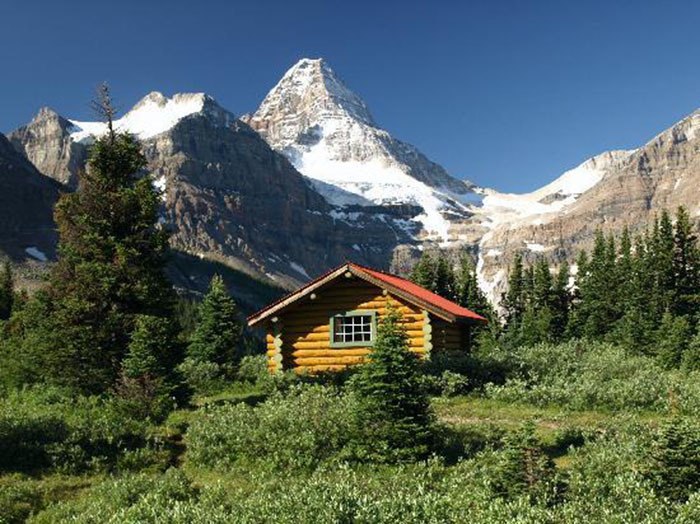BC Parks has finally been approved a new management plan for one of British Columbia’s oldest provincial parks after almost 14 years. The new plan for Mount Assiniboine Provincial Park aims to continue to support coordinated and well-researched intervention to conserve and restore biodiversity, natural habitats and ecological communities.
“This second plan encompasses a lot of changes since the first one,” said BC Parks planning section head for the Kootenay region Greg Chin. “Policy-wise, we like the plans to be as current as we can within reason.”
Mt. Assiniboine Park lies adjacent to Banff National Park, about midway between the Village of Radium Hot Springs and Canmore, Alberta. The new management plan draws from the Mount Assiniboine Park Master Plan of 1989 as well as the Mount Assiniboine Park background reports from 1987 and 2005. As the previous management plan was put into place before the park’s designation as part of a UNESCO World Heritage Site, Chin said it was important for BC Parks to have a level of consistency across similar sites.
“As a UNESCO World Heritage Site we like there to be some consistency with all the parks that are part of the site, and to be as much on the same page as possible,” Chin said.
The plan focuses on a number of different areas, including emphasizing the park’s value as a UNESCO World Heritage Site, developing long-term goals for wildlife management, and ensuring that public access to the park is maintained while still prohibiting all forms of mechanical access.
Initially established as British Columbia’s fifth provincial park, Mount Assiniboine Provincial Park was designated as a part of the Canadian Rocky Mountain Parks World Heritage Site by UNESCO in 1999. The land now designated as Mount Assiniboine Provincial Park also lies in the asserted traditional territory of the Ktunaxa Nation and the Shuswap Nation, and the management plan encourages the expansion of relationships between BC Parks and these First Nations to ensure that management of the park considers their traditional uses and values.
Today, existing park facilities total 10 camping areas with approximately 75 lots, five public cabins, the RC Hind Hut, the lodge complex and three rustic backcountry cabins across over 39,000 hectares of land. There are also about 160 kilometres of horse and hiking trails within the park boundaries. The lodge typically attracts the highest number of visitors per year and, in summer, the North Core receives about 11,000 visitors annually. South Core trails also serve up to 5,000 hikers annually. Several carnivore species, including grey wolves, black bears, grizzly bears, weasels and lynx call the park home, along with six species of ungulates and more than 84 species of birds.
The management plan can be viewed in full by visiting the BC Parks website at www.env.gov.bc.ca/bcparks and navigating to Mount Assiniboine Provincial Park.
